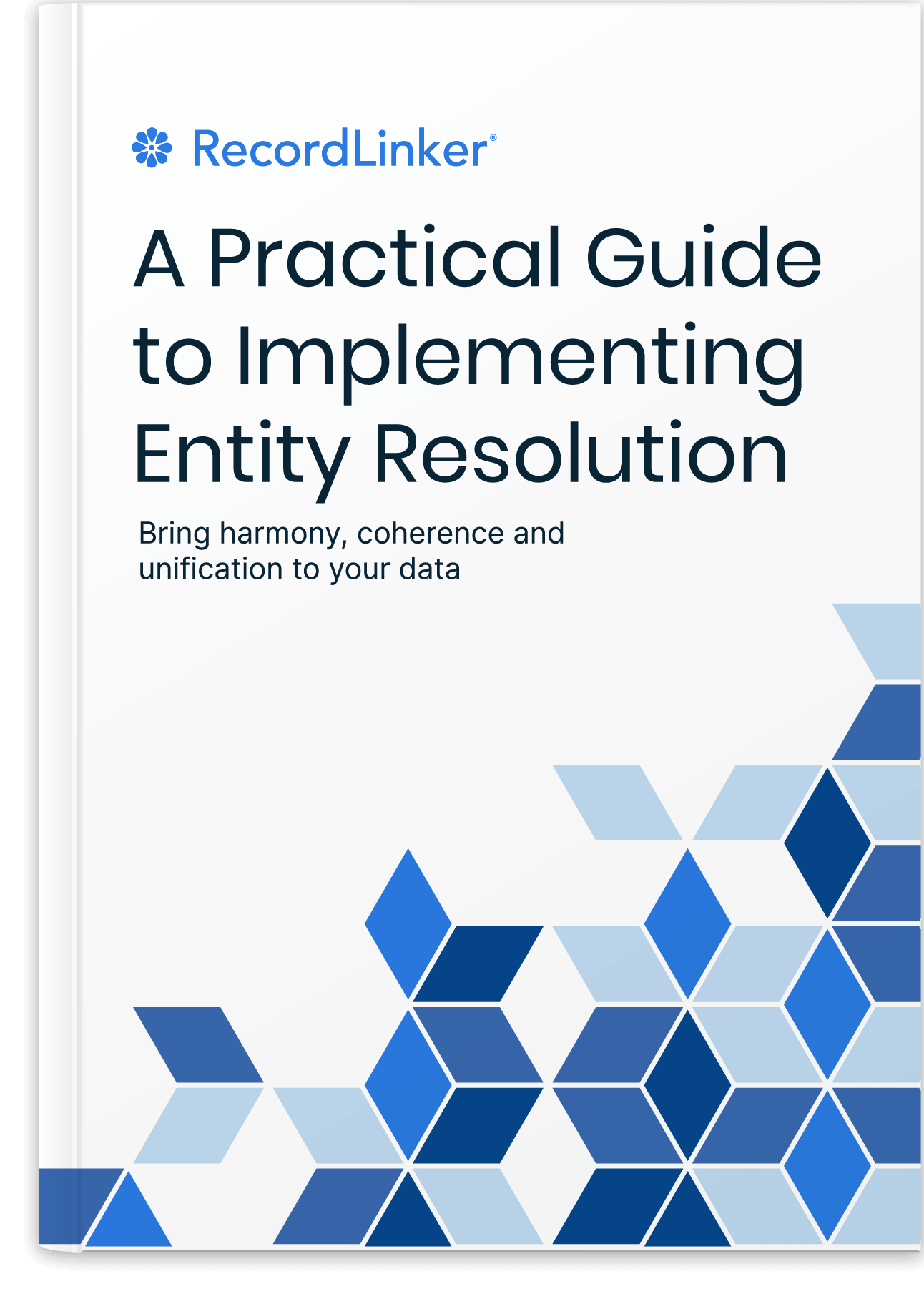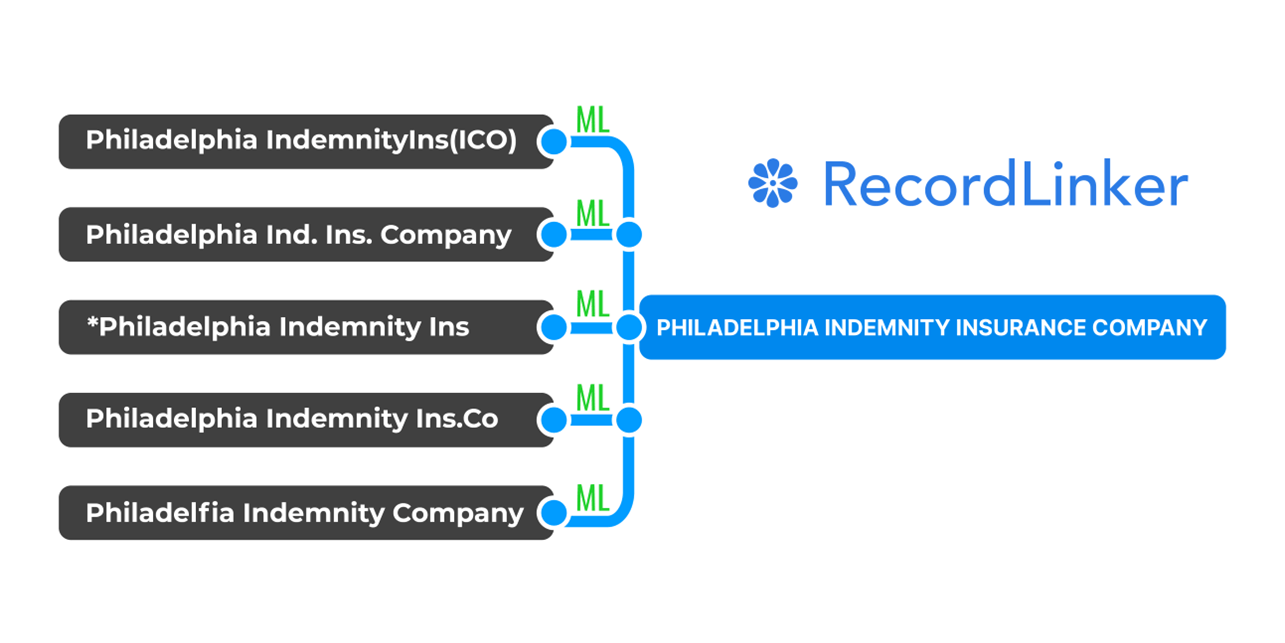Why Use MDM Software? 5 Benefits of Implementing Master Data Management

Even if you’ve acknowledge that your organization’s data management practices could use some work, you may be hesitant to implement a master data management (MDM) program. After all, your staff members are used to working with disparate data sources – why use MDM software and complicate things?
But what if we told you that MDM software can actually save your organization’s time and money while also making your data more accurate and secure?
In brief, MDM is a process and set of tools for consolidating and managing an organization’s most critical (“master”) data. This data is then cleansed, enriched, and made available to authorized users in a consistent format.
Software is integral to an effective MDM solution. The right MDM software will automate many of the tasks associated with managing large or complex data sets, unlocking a host of benefits for your organization.
Here are just five ways in which MDM software can improve your master data’s quality, accessibility, and security – and in turn, enable stronger decision-making and more efficient ways of working.
1. Creating a Central Repository for Master Data
A central repository is a database that stores master data from multiple source systems. This type of MDM software can be used to consolidate data from disparate systems and provide a single, unified view of the data.
Your central repository can take a variety of forms depending on your needs and the type of data you are working with. Some of the most common forms are the data warehouse, data mart, and data lake.
A data warehouse is a relational database that is designed for reporting and data analysis. It’s the best choice for MDM if you need to support a large number of users and complex queries.
A data mart is a smaller, more specialized data warehouse, ideal for a limited number of users with relatively simple queries.
A data lake is a repository that can store structured, semi-structured, and unstructured data, making it a good choice for supporting a variety of data types.
With your master data stored centrally, you’ll find it much easier to keep the data clean, secure, and up-to-date. You can easily set access levels, control who can make changes, and view relationships between types of data.
A central repository gives you a holistic view of your master data that can function as a source of truth for the entire organization. Collaboration and decision-making become much easier when everyone shares access to the same trustworthy source of information.
2. Improving Data Quality
Data-driven decision-making is only a source of strength when you’re working with high-quality data. If your master data is inaccurate, outdated, or incomplete, it could lead you down the wrong path and result in costly mistakes. According to a recent survey by Vanson Bourne and SnapLogic, 77% of IT decision-makers don’t fully trust their organization’s data.
With MDM software, you can establish rules and processes for ensuring that the data is always reliable and as detailed (or simplified) as you need it to be.
For example, you can require that all data be verified before it’s entered into the system. Or you can set up rules to automatically correct common data entry errors. Enforcing these rules will help to improve the overall quality of the data, and make it more useful for decision-makers.
Free Book: Practical Guide to Implementing Entity Resolution
Interested in implementing an in-house record matching solution with your own development team without using any outside vendors or tools?

Data quality software can also help you to identify and correct issues with existing data. For example, MDM software can include data cleansing features that help identify and correct errors in your data, or enrichment features that help fill in missing data. By keeping your data clean, you can make it more accurate and reliable.
3. Increasing Efficiency
Another major benefit of MDM software is that it can help increase the efficiency of your organization’s data management processes.
With tedious, error-prone tasks like data cleansing and enrichment automated, and your master data held in an easily accessible central repository, your staff will have more time and energy to devote to substantive work. They’ll be more likely to push themselves, be creative, and make a positive impact.
For example, consider how much time your customer service team spends trying to track down customer information that is scattered across different departments and data sources.
With MDM software, your customer service team can quickly and easily access the customer information they need from a single, centralized repository. Not only will they be able to process and resolve customer issues more quickly; they will also contribute to increased customer satisfaction.
Or, you may have noticed your marketing team trying to create audience-specific campaigns based on pieced-together information from disparate sources. They likely spend time searching for the right data, trying to establish its reliability (which may be unclear), and attempting to consolidate it.
With MDM software in place, the team can quickly and easily access complete, accurate data to fuel an effective, more targeted strategy. This can help them generate more leads and close more sales.
But improving efficiency via MDM is not just about improving the quality and speed of work. When your staff members experience less frustration and more fulfillment in their jobs, they’ll be more likely to stay with you for the long haul.
4. Reducing Costs
Tasks such as data cleansing and data enrichment can be time-consuming and expensive when done manually. MDM software can automate these tasks, reducing the costs associated with data management.
If you were to try to manually manage your data, it would likely be a full-time job for several employees. Not only would this be expensive; it also tends to be highly error-prone.
Implementing MDM does involve some upfront investment: you’ll have to purchase or subscribe to the software and train your employees on how to use it. However, these upfront costs are typically offset by the long-term savings in labor costs.
Even if your organization doesn’t yet handle a huge amount of master data, you may want to get started with MDM software. After all, your data is only going to increase in size and complexity over time.
Implementing a basic but scalable software solution now will likely be easier than waiting until your data management needs start to overwhelm your staff.
5. Enhancing Data Security
If your master data includes sensitive information, keeping it secure requires more than just restricting access to certain individuals. MDM software can help enhance the security of your data in several ways.
Firstly, MDM can encrypt your data and restrict access to it using role-based security. This means that only authorized users with the correct permissions will be able to view or edit the data. Furthermore, the software can track who accesses the data and when, so you can quickly identify and investigate any potential security breaches.
If a breach does occur, having an MDM system in place can help you contain it quickly. By identifying which data was accessed and by whom, you can limit the damage and prevent it from happening again in the future.
Secondly, MDM software can help you keep your data up-to-date and accurate. This is not only important for data quality, but also for security. Outdated or inaccurate data is often the cause of security breaches, as it can be easy for unauthorized individuals to exploit.
Finally, MDM software can help you implement data governance policies, such as data retention and destruction rules. This ensures that your data is only kept for as long as necessary and that it is properly disposed of when no longer needed, further reducing the risk of a security breach.
MDM Solutions: Absolutely Worth Having For The Long Run
So, why use MDM software?
Taking a good, hard look at the current volume, complexity, and management of your organization’s data can be incredibly revealing. It can also be overwhelming, and a little bit daunting. After all, data is at the heart of any modern company. But before you can start making meaningful use of your data, you need to get a handle on it.
This is where master data management (MDM) software comes in. MDM software is designed to help organizations manage and make use of their data in a more efficient and effective way. It can help to improve data quality and accuracy, ensure security, reveal relationships, and enable decision-makers to gain a firm grasp of the information they need, when they need it.
In short, MDM software can help to make your organization’s data work for you, instead of the other way around.
Learn More About Master Data Management
Not sure where to start working towards implementing an efficient MDM pipeline? You should absolutely plan and design MDM that matches the needs of your organization. Here is a curated list of reading recommendations about Master Data Management:
- 3 Guiding MDM Principles For Every Business
- 5 Key Components of Master Data Management
- MDM Frameworks: Select The Right One For Your Organization
- Master Data Management Implementation: Best Practices
- Automation in Master Data Management
- MDM and Machine Learning For Improved Data
- Optimizing Your ERP’s Master Data For Better Performance

RecordLinker uses Machine Learning to normalize records across your data systems!
Interested in improving the quality of your data, but don’t have the time or resources to create a master data management program from the ground-up? RecordLinker is here to help. Our data integration and management platform can quickly connect your disparate data sources, identify and deduplicate records, and keep your data clean and up-to-date.
To learn more about how RecordLinker can help you improve the quality of your data, request a free demo!




